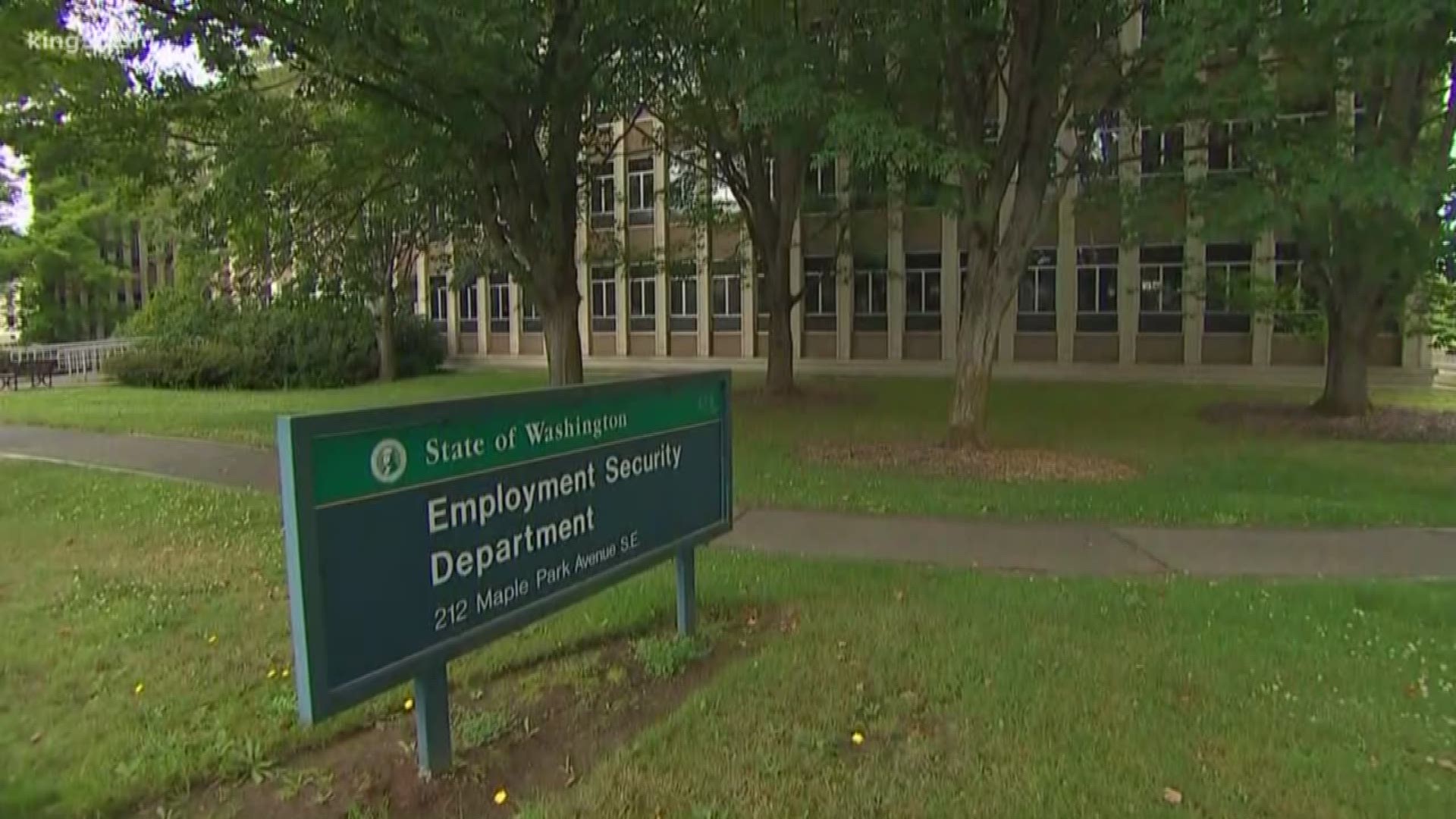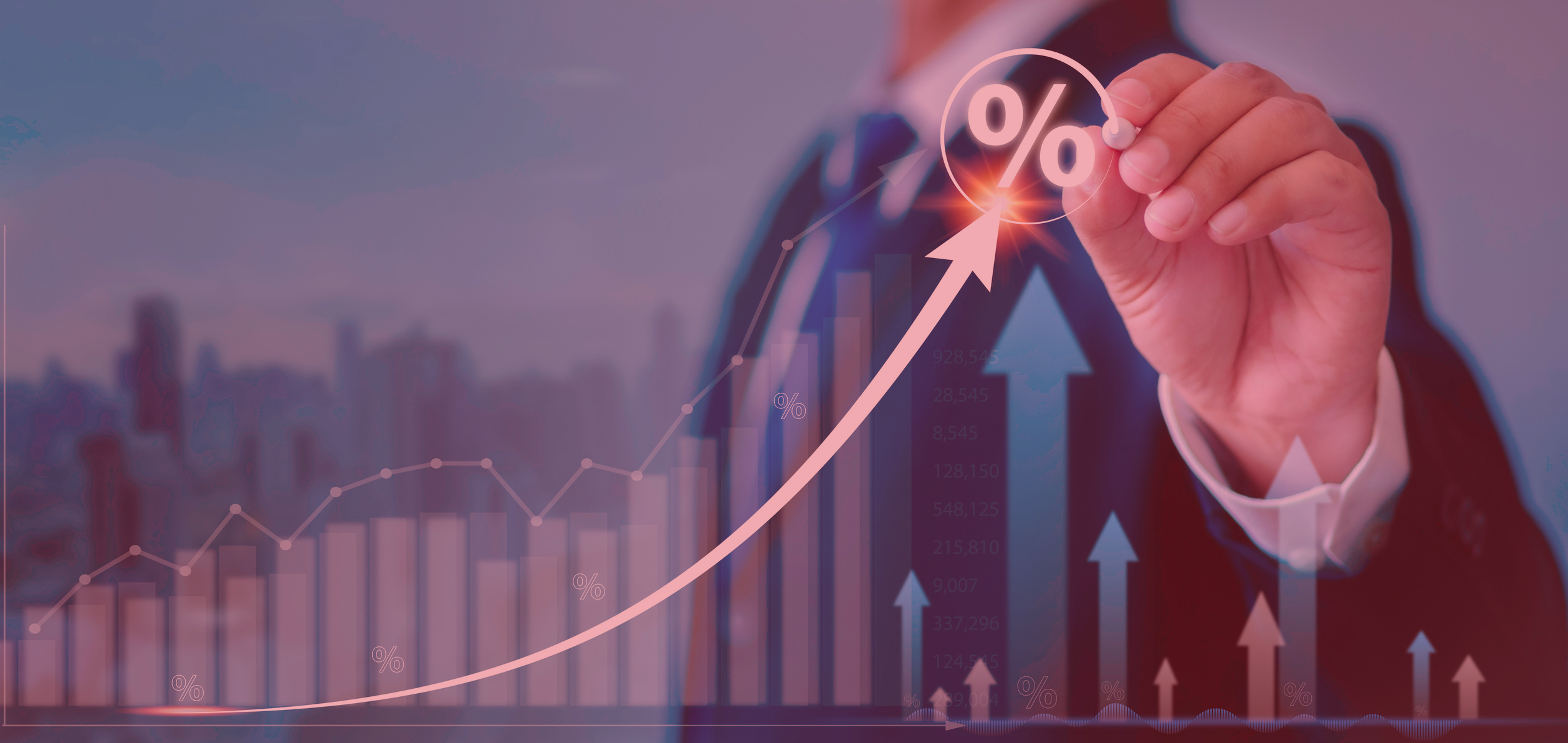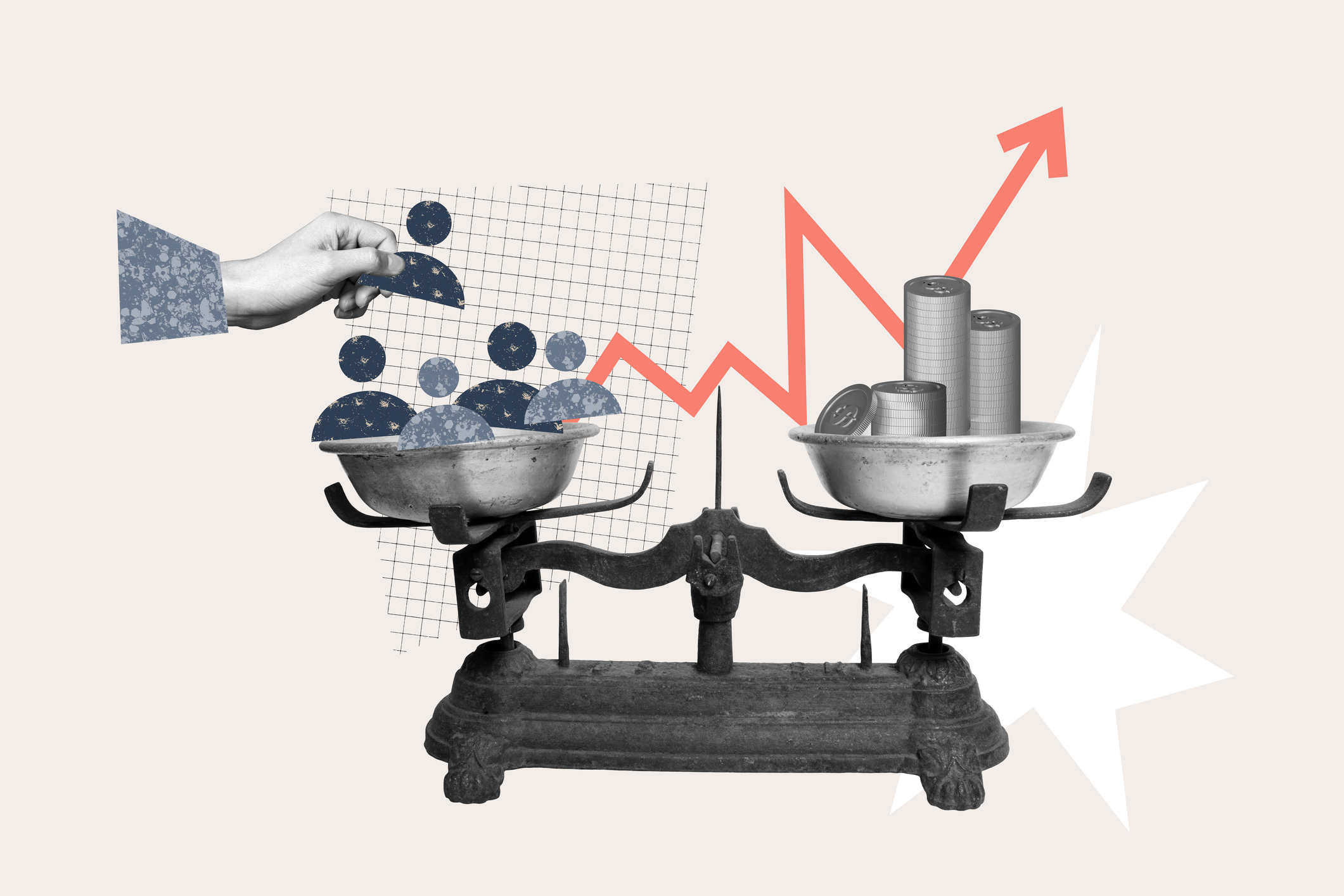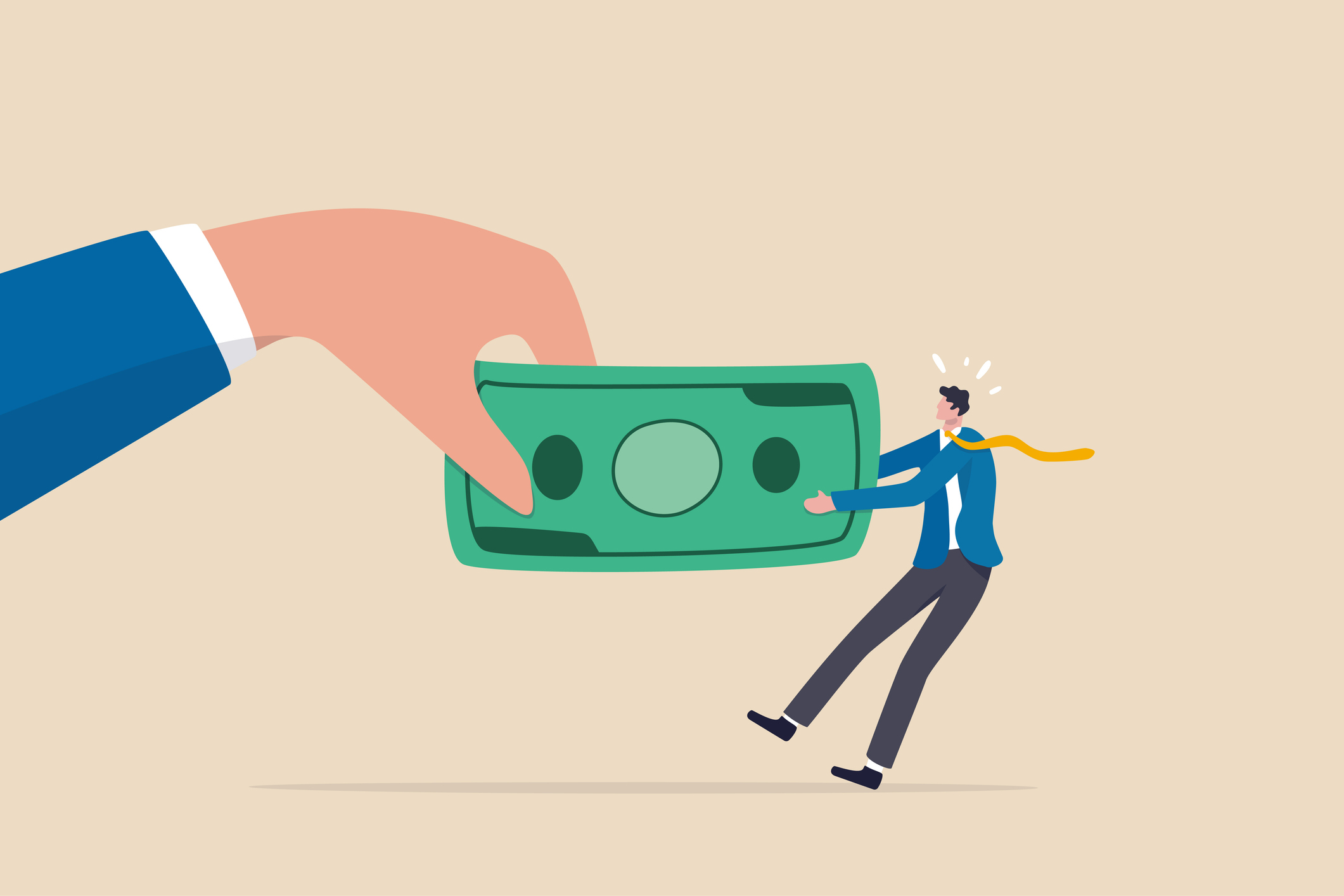This is part one of a five-part series of Legislative Memos that Washington Policy Center offers for lawmakers to consider before preparing a statewide transportation tax increase in 2012. The five recommendations are:
- Taxes and fees paid by drivers should not subsidize other modes of transportation.
- Do not create a state-level tax or fee to fund local transit agencies — public transit is not underfunded.
- Stop diverting existing transportation taxes and fees to pay for non-highway purposes.
- Expand capacity, fix chokepoints and do not restrict new resources to just maintaining the existing system.
- Reduce unnatural cost drivers that make transportation projects more expensive.
Part I: Taxes and Fees Paid by Drivers Should Not Subsidize Other Modes of Transportation
Drivers have their own unmet infrastructure needs
Introduction
In 2011, Governor Christine Gregoire created the Connecting Washington Task Force. The group is made up of 31 individuals who were appointed by the governor. In December, the task force recommended a vague ten-year, $20 billion transportation tax package. Task force members did not identify specific projects nor did they recommend specific funding sources. Instead, they identified broad investment areas and listed all the available funding options that were already being considered including gas taxes, tolls, higher sales taxes on vehicle purchases and other transportation-related fees. The final package to be forwarded to voters is now up to state legislators in Olympia and the governor.
Since the 1991–1993 legislative biennium, Washington’s transportation budget has grown nearly 250%, from $2.1 billion every two years, to $7.2 billion every two years. Some of the revenue growth stems from two motor vehicle fuel tax increases in 2003 and 2005. Washington State’s gas tax rate is currently 37.5 cents per gallon and ranks as the seventh highest in the country. In 2000, drivers paid about $744 million in gas taxes and by 2010, gas taxes paid by drivers had risen to $1.2 billion, a 61% increase. State lawmakers have also increased driver-related licenses, permits and fees. In 2000, driver-related fees totaled about $315 million, and rose to $511 million by 2010, a 62% increase.
These transportation taxes and fee hikes do not count the various local increases that officials have imposed recently. Particularly in King County, where taxpayers have experienced six significant increases in sales taxes, property taxes and motor vehicle excise taxes to pay for public transit. In 2001, statewide public transit agencies collected about $484 million in sales taxes. By 2010, public transit agencies collected about $1.23 billion in sales taxes, a 150% increase in sales tax collections in just ten years.
Despite the significant growth in transportation taxes and fee revenue , state officials are now considering another increase. Before they ask voters to pay more, WPC offers the following recommendations for state leaders to consider when preparing a final ballot measure.
Taxes and Fees Paid by Drivers Should Not Subsidize Other Modes of Transportation
Drivers pay most of the taxes and fees that fund the state’s transportation obligations. Nationally and in Washington state, the highway system was constructed largely on the philosophy that users would pay. This user fee theory successfully built 7,000 miles of roadway and allows Washingtonians to drive nearly 60 billion miles per year, producing industry, mobility, economic freedom and a higher quality of life for everyone. Over the years however, more of the taxes and fees paid by drivers are being used to subsidize other modes of transportation and other non-highway purposes.
Applying a multi-modal approach to a transportation tax package is important, but the hands of government should not dig into the pockets of drivers to subsidize these other modes. Drivers have their own infrastructure needs and the taxes and fees they pay should fund road, highway and bridge improvements. Likewise, transit users, bicyclists and rail passengers should fund their own infrastructure needs, or rely on local, general tax support. Historically, the primary funding source for local transit agencies has been sales taxes. Sales taxes apply to the broader public to support transit operations.
This same philosophy is precisely why gas taxes are protected by the 18th Amendment to the Washington State Constitution.
In 1921, officials implemented Washington’s first gas tax of one cent per gallon. With this new revenue stream, state leaders were able to build, operate, maintain and expand Washington’s highway network. And as the state’s transportation infrastructure needs increased, so did the tax. Today, Washington’s gas tax rate is 37.5 cents per gallon.
Seventy years ago, as they often do today, politicians saw spending opportunities in a new and stable revenue stream, and they began to divert gas tax collections to programs and services not related to roads or highways.
According to the Washington State Good Roads Association (WSGRA), more than $10 million in gas taxes were diverted to other purposes in the ten years between 1933 and 1943.
This gave rise to a popular statewide effort to protect motor vehicle fuel taxes for their intended purpose. In 1944, Washington voters passed the 18th Amendment to the state constitution, which limits the use of gas tax revenue exclusively to roads and highways.
To gather support for the constitutional amendment, the WSGRA hit on the natural attractiveness of a user fee system by stating, “Several hundred miles of good, paved, safe highway would have been built to save money in motor vehicle operation had this special motor tax money been used as it was intended. These were highways and streets we paid for, but didn’t get!”
The measure passed and since then, gas tax revenues have been restricted solely to “highway purposes” and to the benefit of the drivers who pay the tax.
Raising transportation-related fees, raising the tax on the sale of vehicles and using roadway tolls, all to subsidize other travel modes, are examples of how this practice is unfair and siphons revenue paid by drivers that should instead fund roads to reduce traffic congestion and improve safety. In fact, the governor’s proposal increases taxes and fees paid by drivers by $250 million to pay for public transit.
All transportation taxes and fees paid by drivers should be used for highway purposes only, while alternative travel modes should be funded by their own users (which reduces the public subsidy) or through local options that apply to the general public, like sales taxes.
Michael Ennis is director of the Center for Transportation at Washington Policy Center, a non-partisan independent policy research organization in Washington state. Nothing here should be construed as an attempt to aid or hinder the passage of any legislation before any legislative body. For more information, visit washingtonpolicy.org.
Download a PDF of this Legislative Memo here.




